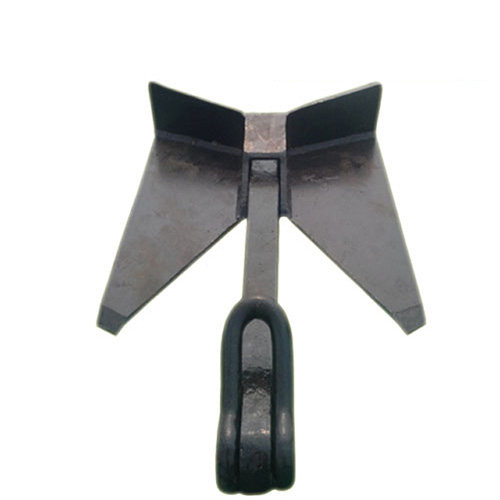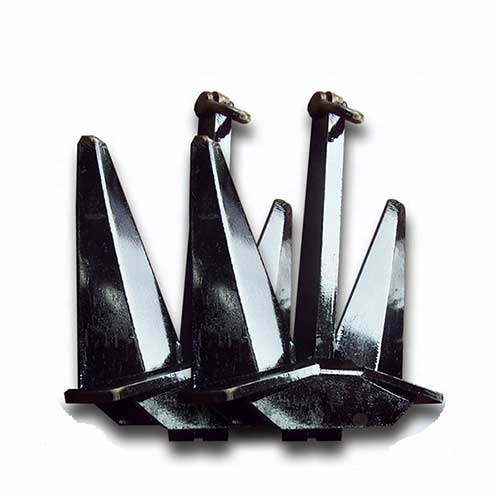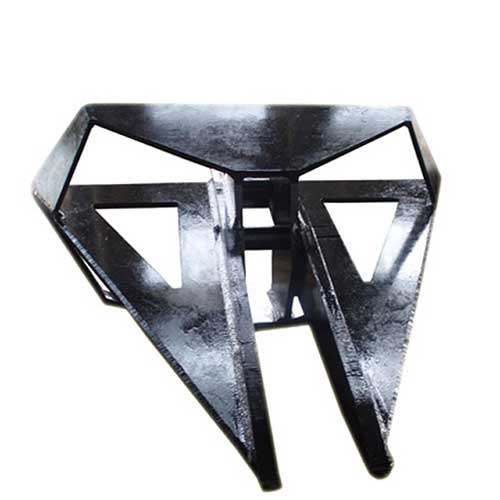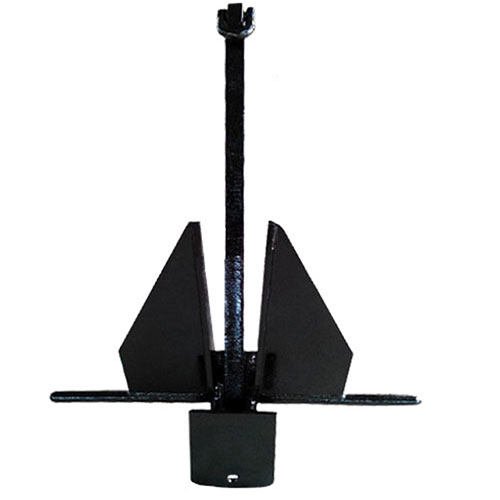How Advancements in High Holding Power Anchor Design are Contributing to Energy Efficiency
Energy efficiency is significant considerations in high holding power anchor design, particularly in the maritime and offshore industries, where marine anchors play an important role in vessel stability and safety. Advances in anchor design have not only increased their holding power, but have also considerably improved energy efficiency in the marine industries.This article explores the recent innovations in high holding power anchor design and their impact on energy conservation and sustainability.

Key Elements Involved in High Holding Power Anchor Design
This chart provides a concise overview of the key elements involved in the design of high holding power anchor, facilitating efficient decision-making and implementation in marine engineering projects.
| Key Element | Description |
| Anchor Type | High holding power anchors come in various types, including fluke anchors, plow anchors, claw anchors, and screw anchors. |
| Material | Anchors are typically constructed from high-strength materials such as steel, stainless steel, or aluminum alloy. |
| Fluke Design | Fluke anchors feature one or more flat, broad surfaces (flukes) that dig into the seabed to provide holding power. |
| Shank Design | The shank of the anchor provides structural support and may feature reinforcing ribs or plates for added strength. |
| Weight Distribution | The distribution of weight along the anchor affects its penetration and holding capacity in different seabed conditions. |
| Holding Mechanism | Anchors utilize various mechanisms for holding power, including fluke engagement, suction, or mechanical penetration. |
| Surface Coating | Some anchors may feature surface coatings or treatments to enhance corrosion resistance and durability in marine environments. |
| Retrieval Mechanism | Anchors may incorporate retrieval features such as trip lines, buoy systems, or mechanical release mechanisms for easy recovery. |
| Certification | High holding power anchors may undergo certification processes to verify their design integrity, strength, and performance. |

Innovations in High Holding Power Anchor Design Contributing to Energy Efficiency
1. Streamlined Shapes
Modern anchor designs combine aerodynamic and hydrodynamic concepts to reduce drag both during deployment and in usage. By minimizing resistance as the anchor moves through water, less energy is required to maintain its position, particularly in dynamic situations with strong currents or waves. Computational fluid dynamics (CFD) simulations are used to improve the shape and contour of anchors, resulting in lower energy consumption during deployment and retrieval.
2. Material Innovations
Materials science innovations have resulted in the development of high-strength, lightweight materials that are both durable and corrosion resistant. These materials minimize the anchor’s overall weight, which requires less energy for handling, deployment, and retrieval. Furthermore, sophisticated coatings and surface treatments are applied to anchors to reduce friction and corrosion, hence increasing energy efficiency.
3. Optimized Fluke Design
Advances in anchor fluke design, including the shape, angle, and surface area, have improved the anchor’s ability to penetrate different types of seabeds more efficiently. Enhanced penetration means the anchor achieves better holding power with less weight and drag, leading to energy savings. Additionally, some anchors incorporate mechanisms to aid in setting, such as roll-bars or setting flukes, which assist the anchor in penetrating the seabed quickly and securely.

4. Smart Anchor Systems
Integration of sensors, actuators, and real-time monitoring systems into anchor designs allows for dynamic adjustments based on environmental conditions. Smart anchors can autonomously optimize their orientation and position, minimizing energy expenditure while maintaining secure anchoring. These systems provide valuable data on anchor performance, enabling operators to make informed decisions to further improve energy efficiency.
5. Hybrid Energy Systems
HHP anchors are increasingly used in conjunction with renewable energy systems such as offshore wind turbines or tidal energy converters. Advanced anchor designs that accommodate these systems contribute to the overall efficiency of renewable energy generation by ensuring stable and reliable mooring with minimal energy loss. By optimizing anchor design to accommodate renewable energy systems, operators can maximize energy efficiency and sustainability.
6. Innovative Deployment Mechanisms
Developments in anchor deployment mechanisms, such as remotely operated systems or autonomous underwater vehicles (AUVs), enable precise positioning while minimizing human intervention and energy expenditure.
7. Advanced Testing and Simulation
Engineers can employ computer-aided design (CAD), computational fluid dynamics (CFD), and finite element analysis (FEA) to virtually optimize anchor designs before building physical prototypes. This iterative design technique eliminates the need for expensive and energy-intensive trial and error testing, resulting in more efficient anchor designs
8. Integration with Renewable Energy
In some cases, high holding power anchors are used in conjunction with renewable energy systems such as offshore wind turbines or tidal energy devices. Optimizing anchor design to accommodate these systems contributes to overall energy efficiency in marine renewable energy applications.

Conclusion
Advancements in high holding power anchor design have not only enhanced the safety and reliability of maritime operations but also contributed significantly to energy efficiency and sustainability. As technology continues to evolve, further innovations in anchor design are expected to drive even greater improvements in energy efficiency and sustainability for the maritime and offshore sectors.


